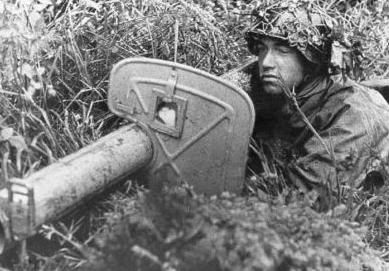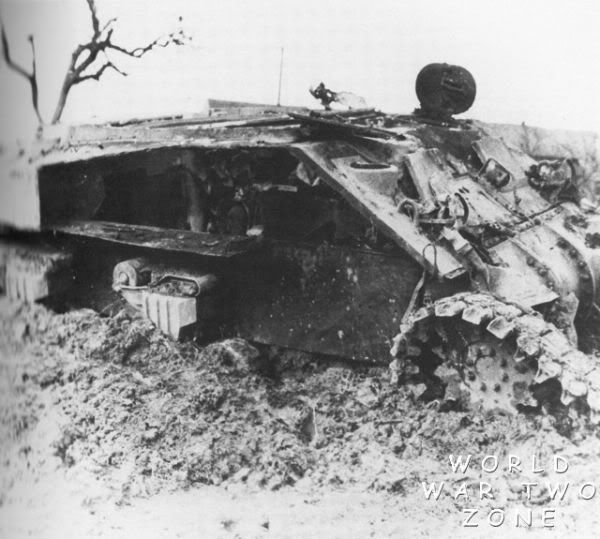You are not logged in.
Dear visitor, welcome to WesWorld. If this is your first visit here, please read the Help. It explains in detail how this page works. To use all features of this page, you should consider registering. Please use the registration form, to register here or read more information about the registration process. If you are already registered, please login here.
Quoted
Originally posted by BruceDuncan
Novosti News Service – Belgrade – Tuesday, 7 November 1939
The Defence Ministry has announced that it has selected the Russian M1938 122mm Field Howitzer to complement the Vickers M40 87mm Gun Howitzer in reequipping the divisional artillery regiments of the active army. Some four hundred pieces are to be delivered under the terms of the contract with the Russian Federation Arms Export Agency, together with their fire control and direction equipment and artillery ammunition.

Quoted
Originally posted by Brockpaine
Quoted
Originally posted by BruceDuncan
Novosti News Service – Belgrade – Tuesday, 7 November 1939
The Defence Ministry has announced that it has selected the Russian M1938 122mm Field Howitzer to complement the Vickers M40 87mm Gun Howitzer in reequipping the divisional artillery regiments of the active army. Some four hundred pieces are to be delivered under the terms of the contract with the Russian Federation Arms Export Agency, together with their fire control and direction equipment and artillery ammunition.
Rather amusing, seeing as Bulgaria's buying the same gun from Atlantis.



Quoted
Originally posted by Hrolf Hakonson
Hold up on the panzerschreck..... seems a bit early for that piece of equipment to be rolled out, since the requisite HEAT rounds haven't done so yet and neither has it's progenitor, the US bazooka.
Quoted
Originally posted by Marek Gutkowski
Although there is little reason not too, we tend to hold on Man portable AT weapons with rocket power.
Quoted
Originally posted by Hrolf Hakonson
HEAT weapons, because they have not been needed, have not been put on the +3 year track, so in 1939 they're JUST coming out of the lab and being standardized as shells (and they're not very good ones, either). We've had this discussion before, with Howard.
This post has been edited 1 times, last edit by "BruceDuncan" (Jul 24th 2010, 5:55pm)
Quoted
Originally posted by BruceDuncan
The argument is fallacious that a 'need' must be demonstrated in actual combat before provoking a response. The appearance of the AT/TT-37 and AT/TT-36 heavy tanks, the posited appearance of the German Panzer VI, and other heavy tanks would give any nation reason to examine options to combat such vehicles. An antitank rifle, even one of 20mm calibre, is patently useless against such.
This post has been edited 1 times, last edit by "perdedor99" (Jul 24th 2010, 7:04pm)
Quoted
Originally posted by perdedor99
Then the new Atlantean and Italian tanks are pushing the envelope even further.
Quoted
Originally posted by Red Admiral
Quoted
Originally posted by perdedor99
Then the new Atlantean and Italian tanks are pushing the envelope even further.
Really? The Italian M39 is basically the same as the Panzer IV here.
We're probably getting ahead of ourselves for large scale deployment of bazookas etc. I would have thought that more powerful anti-tank guns would come first. One main problem is that early HEAT shells don't really work that well. It's really mid/late war before they start to be able to penetrate much more than 1 calibre thickness.
There are many examples of where you can find weapons invented many many years before they were adopted in large scale. There are usually pretty good reasons for the delay.
Quoted
Originally posted by BruceDuncan
The principal reason that the High Explosive Anti Tank shell is so problamatic is the fact that the spin of an artillery shell dissipates the the hollow-charge effect, whereas a non-rotating hollow charge projectile does not suffer from this defect. The introduction of HEAT shells for rifled artillery was naturally delayed because of this, as means had to be developed to overcome the spin of the shell.
Quoted
Originally posted by Red Admiral
Even the unspun projectiles were pretty sucky. The understanding and empirical proof just isn't there. You've got all sorts of parameters like cone angle, material, standoff distance etc. that need to be looked at before getting an effective weapon. Those things took time.
Building a bigger and heavier armoured tank is pretty easy when it comes down to it. Researching, developing and producing an entirely new weapon system is rather more difficult.
This post has been edited 1 times, last edit by "BruceDuncan" (Jul 25th 2010, 1:49pm)
Quoted
Originally posted by Hood
You can't ignore the anti-tank gun.
Germany is just starting to develop the 75mm and 88mm types and Britain soon will have to go down the 17pdr route.
Surely conventional AT guns with tungsten rounds etc are going to offer a lot more in the interim period that HEAT, HESH etc etc.
Forum Software: Burning Board® Lite 2.1.2 pl 1, developed by WoltLab® GmbH
